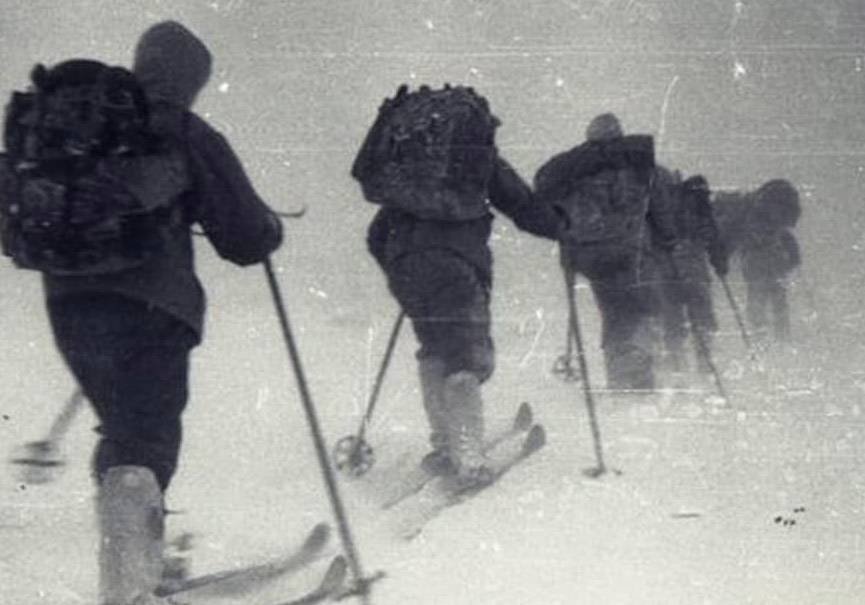4 août 1958, création du Billboard Hot 100,
août 4, 2025 | by Jean-Claude JUNIN
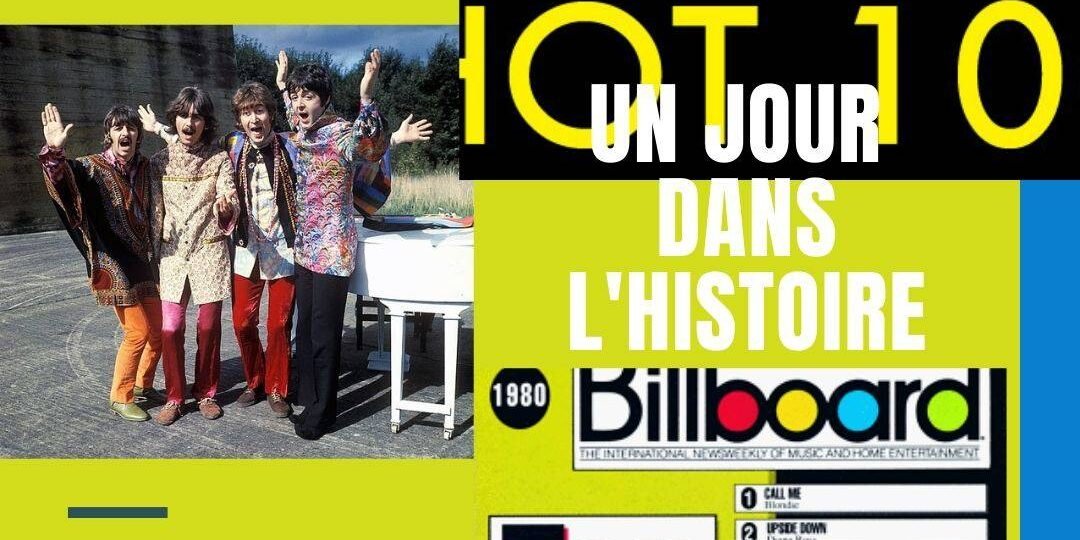
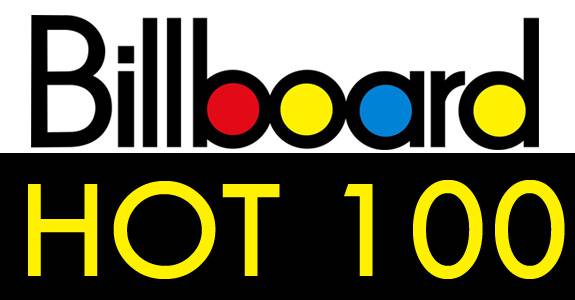
Le Billboard Hot 100, établi par le magazine américain Billboard, est le classement hebdomadaire des 100 chansons les plus populaires aux États-Unis (ventes de singles, diffusions en radio et visionnages sur YouTube sur le territoire américain), toutes catégories musicales confondues. Il s’agit du plus prestigieux des classements de singles réalisés par Billboard car il est le reflet fidèle des ventes auprès du grand public nord-américain.
Ce classement est créé le 4 août 1958 et sa première chanson classée no 1 est Poor Little Fool de Ricky Nelson. Il comprenait à la base uniquement les ventes de singles. Cependant, dans les années 1990 l’industrie musicale américaine prend l’habitude de promouvoir des chansons en radio sans même les sortir en singles : à partir de décembre 1998 le classement Hot 100 comptabilise donc, en plus des ventes physiques, les diffusions à la radio américaine.
À partir de 2013, les visionnages sur YouTube sont pris en compte par le classement
The Billboard Hot 100, established by the American magazine Billboard, is the weekly ranking of the 100 most popular songs in the United States (sales of singles, radio broadcasts and views on YouTube in the United States), all musical categories combined. This is the most prestigious of the singles charts produced by Billboard because it is a faithful reflection of sales to the general North American public.
This chart was created on August 4, 1958 and its first No. 1 song was Ricky Nelson’s Poor Little Fool. It basically included only sales of singles. However, in the 1990s the American music industry got into the habit of promoting songs on the radio without even releasing them as singles: from December 1998 the Hot 100 ranking therefore included, in addition to physical sales, airplay American radio.
From 2013, views on YouTube are taken into account by the ranking
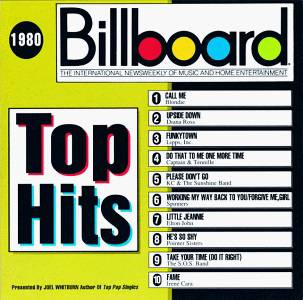
Avant 1955, Billboard propose un classement des chansons les plus populaires appelé Honor Roll of Hits, créé en 1945. Le palmarès est établi d’après les ventes de disques et de partitions, les programmations des disc jockeys et les succès des juke-box. Au début de l’ère du rock, en 1955, il existe trois classements distincts :
Le Best Sellers in Stores est le premier hit-parade, créé en 1940. Ce tableau classe les singles les plus vendus dans les magasins de détail, selon un sondage effectué auprès de vendeurs à travers le pays (20 à 50 positions).
Le Most Played by Jockeys classe les chansons les plus diffusées sur les stations de radio des États-Unis, selon les remontées faites par les DJs et les radios (20 à 25 positions).
Le Most Played in Jukeboxes classe les chansons les plus jouées dans les juke-box aux États-Unis (20 positions). C’est l’un des principaux moyens de mesurer la popularité des chansons auprès de la jeune génération, car pendant longtemps, de nombreuses stations de radio refusent d’ajouter du rock ‘n’ roll à leurs play list.
Prior to 1955, Billboard offered a chart of the most popular songs called the Honor Roll of Hits, created in 1945. The chart is based on record and sheet music sales, disc jockey lineups, and jukebox hits. At the start of the rock era, in 1955, there were three distinct classifications:
The Best Sellers in Stores is the first chart, established in 1940. This chart ranks the best-selling singles in retail stores, according to a survey of sellers across the country (20 to 50 positions).
The Most Played by Jockeys ranks the most played songs on radio stations in the United States, according to feedback from DJs and radio stations (20 to 25 positions).
The Most Played in Jukeboxes ranks the most played songs in jukeboxes in the United States (20 positions). This is one of the main ways to measure the popularity of songs with the younger generation, because for a long time many radio stations refused to add rock ‘n’ roll to their playlists.
Billboard publie le Top 100 pour la première fois durant la semaine du 12 novembre 1955. celui-ci combine tous les aspects de la performance d’un single (ventes, airplay et activité des jukebox), basé sur un système de points qui donne généralement plus de poids aux ventes qu’aux diffusions en radio. Les listes Best Sellers in Stores, Most Played by Jockeys et Most Played in Jukeboxes continuent d’être publiées en parallèle du nouveau palmarès Top 100…
Billboard supprime le palmarès Most Played in Jukeboxes le 17 juin 1957 car la popularité des juke-box a décliné et les stations de radio ont incorporé de plus en plus de musique orientée rock dans leurs listes de lecture. Le classement Most Played by Jockeys disparaît le 28 juillet 1958.
Le 4 août 1958, Billboard crée un tableau principal des singles tout genres confondus : le Hot 100. Il devient rapidement la norme de l’industrie musicale et Billboard abandonne le Best Sellers in Stores le 13 octobre 1958.
Le Billboard Hot 100 est toujours la norme par laquelle la popularité d’une chanson est mesurée aux États-Unis. Le Hot 100 est classé en fonction des audiences à la radio diffusée par Nielsen BDS, des données de ventes compilées par Nielsen Soundscan (au détail et numériquement) et des activités de diffusion en continu fournies par des sources de musique en ligne
Billboard publishes the Top 100 for the first time during the week of November 12, 1955. this combines all aspects of a single’s performance (sales, airplay and jukebox activity), based on a point system which generally gives more weight to sales than to radio broadcasts. The Best Sellers in Stores, Most Played by Jockeys and Most Played in Jukeboxes lists continue to be published alongside the new Top 100…
Billboard removed the Most Played in Jukeboxes chart on June 17, 1957 as the popularity of jukeboxes declined and radio stations increasingly incorporated rock-oriented music into their playlists. The Most Played by Jockeys ranking disappears on July 28, 1958.
On August 4, 1958, Billboard created a main chart of singles of all genres: the Hot 100. It quickly became the music industry standard and Billboard abandoned the Best Sellers in Stores on October 13, 1958.
The Billboard Hot 100 is still the standard by which a song’s popularity is measured in the United States. The Hot 100 is ranked based on broadcast radio audiences from Nielsen BDS, sales data compiled by Nielsen Soundscan (retail and digitally), and streaming activity provided by online music sources
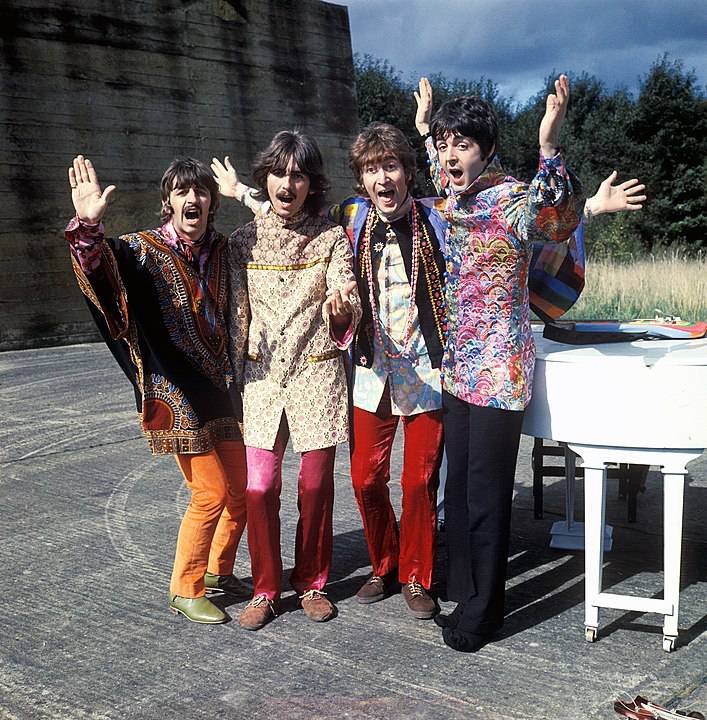
RELATED POSTS
View all
